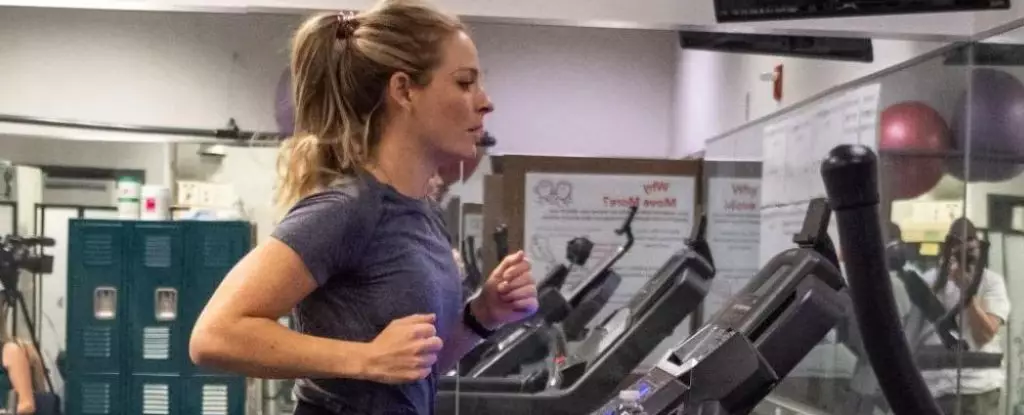The relationship between cannabis and exercise is a topic that sparks much debate and speculation. While cannabis is seen by some as a performance-enhancing drug and banned by various sporting events, others associate it with a sedentary lifestyle. However, recent studies challenge these assumptions, suggesting that cannabis users are actually more active than non-users in states where its recreational use is legalized. Additionally, researchers at the University of Colorado Boulder (UCB) conducted a study that explores the potential for cannabis to enhance the enjoyment of exercise. This article delves into the findings of this study, providing valuable insights into the impact of cannabis on physical activity.
To gain a better understanding of the effects of cannabis on exercise, UCB researchers conducted an experiment involving 42 healthy adult runners who regularly used cannabis. The participants ran on a treadmill for 30 minutes at a moderate pace while their physical and mental states were monitored. In a separate session, the participants were given the option to consume either THC or CBD products before a similar 30-minute run. THC, the psychoactive compound in cannabis, is known for its mind-altering effects, while CBD offers muscle-relaxing and anti-inflammatory properties without the psychoactive effects. The study’s findings suggest that cannabis consumption before exercise increases positive mood and enjoyment, regardless of whether THC or CBD products are used. However, THC products may make exercise feel more effortful.
Ultrarunner Heather Masshoudi, a participant in the UCB study, reported similarities between the natural euphoria experienced during a long-distance run and the effects of cannabis. Interestingly, studies have linked intense exercise to the brain’s endocannabinoid system, which is also influenced by cannabis use. In 2023, UCB psychologists discovered that cannabis consumption before a run resulted in a slower but more enjoyable exercise experience for regular cannabis users. This finding aligns with the recent study’s results, which found that running high on cannabis was more enjoyable for participants. However, THC consumption did make the exercise feel slightly more challenging, while CBD consumption did not result in increased exertion during the run.
It is essential to approach the topic of cannabis use before exercise with caution. Despite the positive findings, the study researchers do not recommend the use of THC or CBD products before physical activity due to potential health risks. The study revealed that consuming THC led to an increased heart rate while high, raising concerns about potential cardiovascular consequences. Neuroscientist Angela Bryan, a member of the UCB research team, emphasizes that it is too early to make broad recommendations but believes that further exploration is warranted. It is important to note that the study had limitations, including its lack of double-blinding and randomization and the unregulated dosage among participants. Additionally, the study group comprised individuals who were regular cannabis users and enthusiastic runners, which may introduce biases in the results.
The impact of cannabis on exercise is a complex and multifaceted issue. While assumptions and contradictions exist, recent studies shed light on the subject, challenging traditional beliefs. The research conducted at UCB suggests that cannabis consumption before exercise can enhance the enjoyment of physical activity, regardless of THC or CBD content. However, the use of THC products may lead to a perceived increase in effort during exercise. Despite these intriguing findings, caution is necessary, as potential health risks and individual variations need to be considered. Further research with a broader participant pool and more rigorous experimental design is crucial to obtain a comprehensive understanding of the impact of cannabis on exercise. As the legalization of cannabis expands, continued investigation will contribute to elucidating the potential benefits and risks associated with its use in the context of physical activity.


Leave a Reply